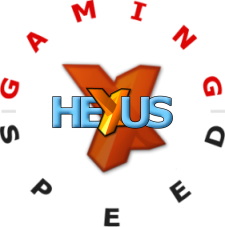Final thoughts
Recommending a multi-GPU graphics subsystem is always tinged with a little danger. The requirements for usage mean that you need to have a CrossFire-compatible motherboard, and upgrading to one just to use multi-GPUs is not reason enough alone.Then there are the inherent potential problems that may surface with rendering on two GPUs and the associated profiles and optimisations that need to be made by the drivers.
Knowing this, we still reckon that two Radeon HD 4670 GDDR3 cards make some kind of sense if your graphics outlay is around £100. For that money you receive greater multi-monitor support and, at times, comfortably higher performance than any single-GPU card can provide, because Radeon HD 4670 GDDR3 is such a good GPU for the money.
We've demonstrated that there is more than one way to receive considerable graphics-related value, and we'd urge ATI's add-in board partners to go the extra mile and create a single-PCB Gemini board, for the hell of it, and let the consumer decide if they'd rather opt for a GeForce 9800 GT, Radeon HD 4850, or Radeon HD 4670 X2 - all would be good for around £100.
Bottom line: the mainstream maestro, Radeon HD 4670, doubles-up rather nicely, and if you're not averse to running two GPUs in a mid-range system, they may well be the best way to higher performance.
HEXUS Awards

Sapphire Radeon HD 4670 XF 1,024MB













